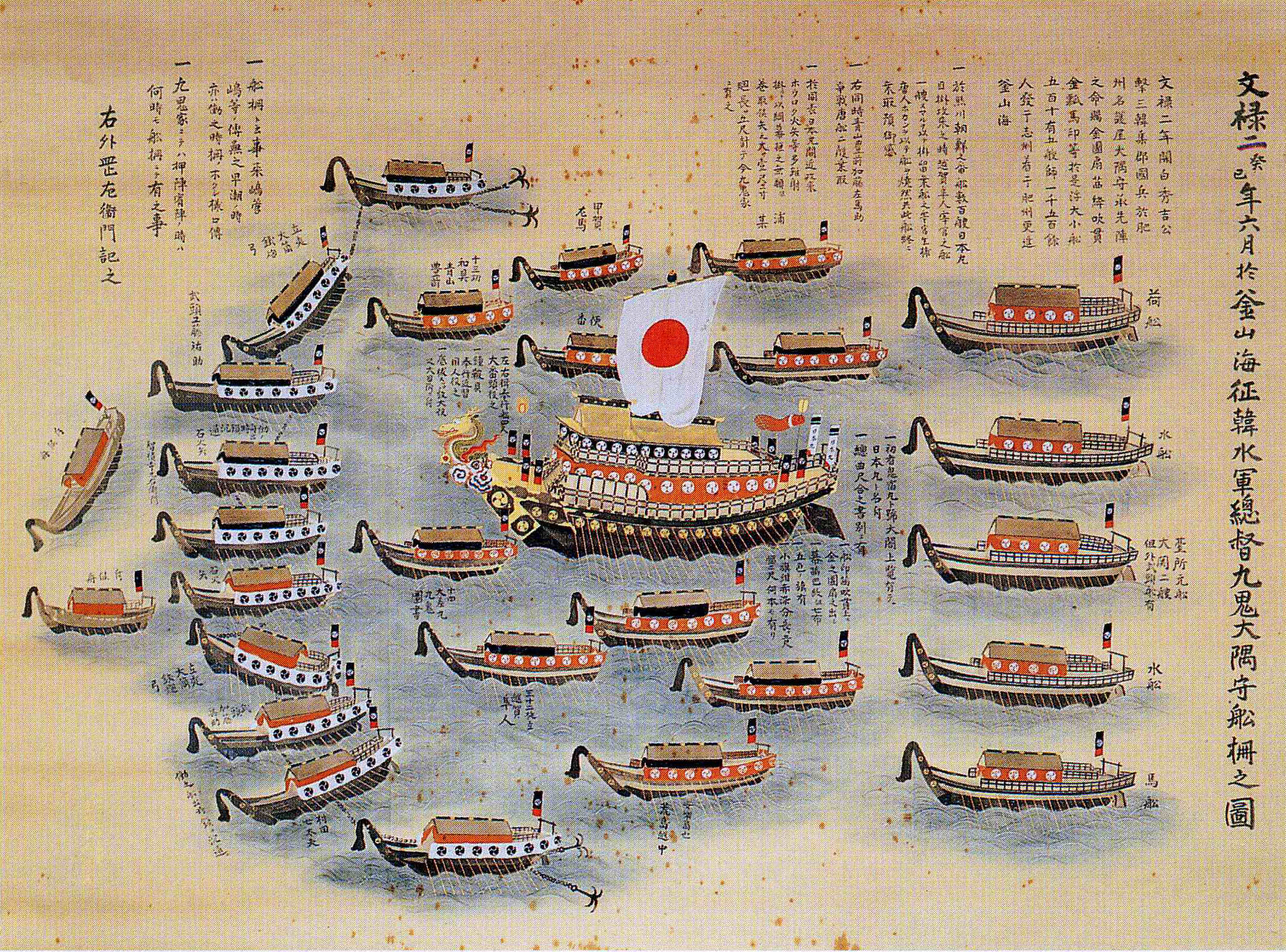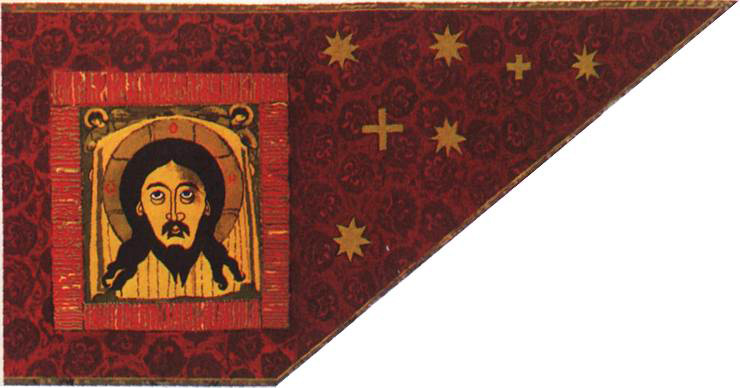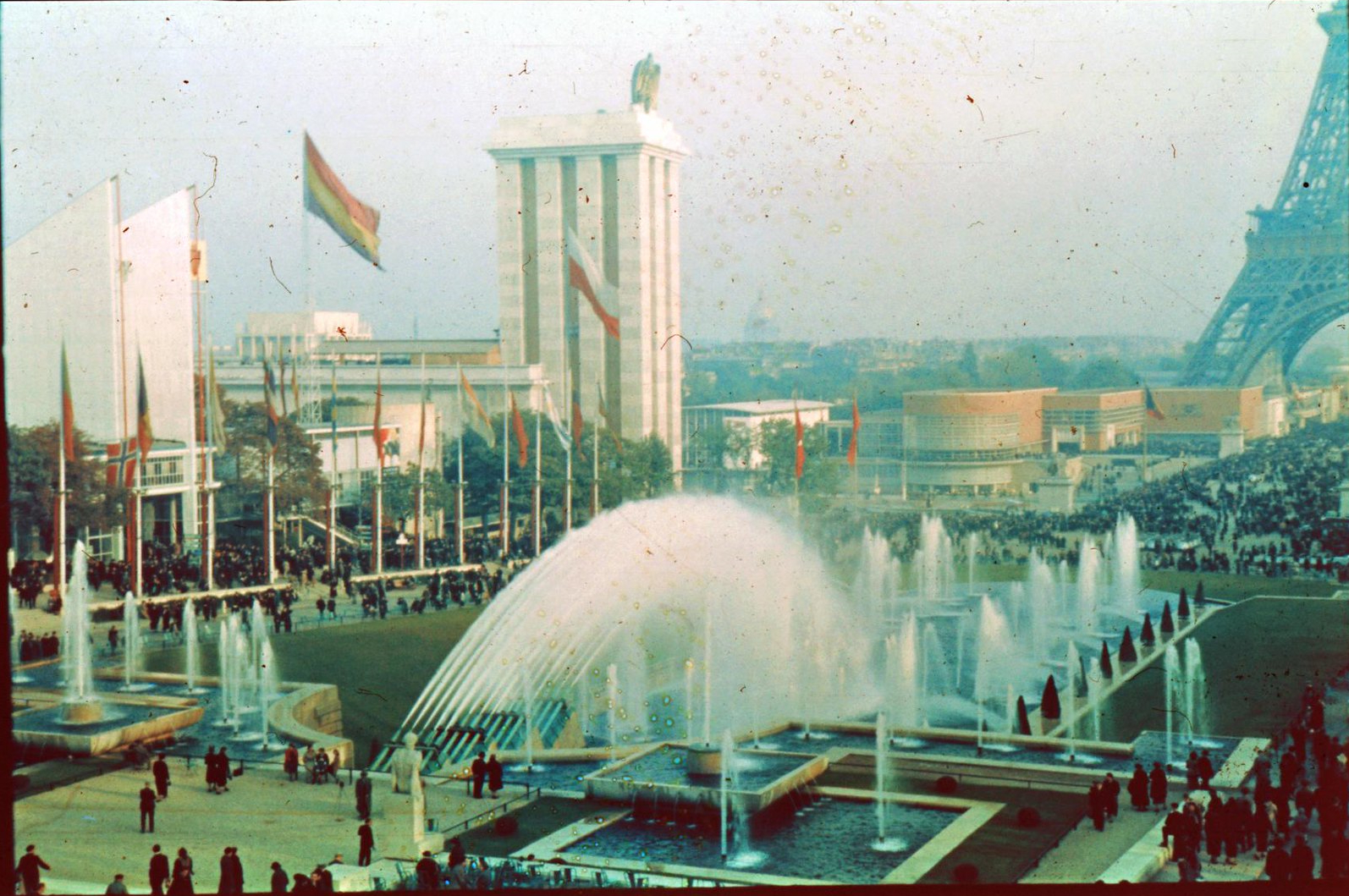|
Bor Pavlovčič
Bor Pavlovčič (born 27 June 1998) is a retired Slovenian ski jumper. Career Pavlovčič made his World Cup debut in January 2016 in Sapporo. His best World Cup result is second place in Klingenthal on 7 February 2021. He also represented Slovenia at the 2016 Winter Youth Olympics The 2016 Winter Youth Olympics ( no, Olympiske vinterleker for ungdom 2016; nn, Olympiske vinterleikane for ungdom 2016), officially known as the II Winter Youth Olympic Games, took place in and around Lillehammer, Norway, between 12 February an ..., where he won gold in the boy's normal hill competition. World Cup Standings Individual starts References {{DEFAULTSORT:Pavlovcic, Bor 1998 births Living people Sportspeople from Jesenice, Jesenice Slovenian male ski jumpers Ski jumpers at the 2016 Winter Youth Olympics Youth Olympic gold medalists for Slovenia 21st-century Slovenian people ... [...More Info...] [...Related Items...] OR: [Wikipedia] [Google] [Baidu] |
Jesenice
Jesenice (, german: Aßling''Leksikon občin kraljestev in dežel zastopanih v državnem zboru'', vol. 6: Kranjsko. 1906. Vienna: C. Kr. Dvorna in Državna Tiskarna, p. 144.) is a Slovenian town and the seat of the Municipality of Jesenice on the southern side of the Karawanks, bordering Austria to the north. Jesenice is known as the Slovenian home of mining and iron making industries, its largest steel company Acroni, and its ice hockey club, HK Acroni Jesenice. Historically, Jesenice's ironworks and metallurgy industries were the driving force of the town's development. History Name Jesenice was attested in written sources in 1337 as ''villa de Jesenicza'' (and as ''Assnigkh'' and ''Asnigkh'' in 1381, and ''Jasnickh'' and ''Aisnstnick'' in 1493–1501). The name is derived from ''*Jesen(ьn)icě'', a locative singular form of ''Jesenik'' (< ''*Esenьnikъ''). The suffix ''-ě'' became ''-i'' in the local dialect and was reinterpreted as a nominative masculine plural, the accusa ... [...More Info...] [...Related Items...] OR: [Wikipedia] [Google] [Baidu] |
Dnevnik (Slovenia)
''Dnevnik'' ( en, The Daily) is a daily newspaper published in Ljubljana, Slovenia. History and profile ''Dnevnik'' was first issued in June 1951 as ''Ljubljanski dnevnik'' but was renamed to ''Dnevnik'' in 1968. The paper is based in Ljubljana Ljubljana (also known by other historical names) is the capital and largest city of Slovenia. It is the country's cultural, educational, economic, political and administrative center. During antiquity, a Roman city called Emona stood in the a .... The circulation of ''Dnevnik'' was 66,000 copies in 2003. Its 2007 circulation was 58,300 copies, making it the third most read daily in the country. During the period of July–September 2011 it had a circulation of 37,194 copies. According to a periodic poll on printed media, conducted by marketing research company Valicon, ''Dnevnik'' had a reach of 147,000 from second half of 2011 and first half of 2012. References External links Online edition of ''Dnevnik'' {{Authority control ... [...More Info...] [...Related Items...] OR: [Wikipedia] [Google] [Baidu] |
Flag Of South Korea (bordered)
The national flag of South Korea, also known as the Taegeukgi (also spelled as ''Taegukgi'', ), has three parts: a white rectangular background, a red and blue Taegeuk in its center, accompanied by four black trigrams, one in each corner. Flags similar to the current Taegeukgi were used as the national flag of Korea by the Joseon dynasty, the Korean Empire, as well as the Korean government-in-exile during Japanese rule. South Korea adopted the Taegeukgi as its national flag when it gained independence from Japan on 15 August 1945. Symbolism The flag's field is white, a traditional color in Korean culture that was common in the daily attire of 19th-century Koreans and still appears in contemporary versions of traditional Korean garments such as the hanbok. The color represents peace and purity. The circle in the flag's center symbolizes balance in the world. The blue half represents the sky, and the red half represents the land. Together, the trigrams represent movement and ... [...More Info...] [...Related Items...] OR: [Wikipedia] [Google] [Baidu] |
Flag Of Slovenia (bordered)
The national flag of Slovenia ( sl, zastava Slovenije) features three equal horizontal bands of white (top), blue, and red, with the coat of arms of Slovenia located in the upper hoist side of the flag centred in the white and blue bands. The coat of arms is a shield with the image of Mount Triglav, Slovenia's highest peak, in white against a blue background at the centre; beneath it are two wavy blue lines representing the Adriatic Sea and local rivers, and above it are three six-pointed golden stars arranged in an inverted triangle which are taken from the coat of arms of the Counts of Celje, the great Slovene dynastic house of the late 14th and early 15th centuries. The flag's colours are considered to be Pan-Slavic, but they actually come from the medieval coat of arms of the Duchy of Carniola, consisting of 3 stars, a mountain, and three colours (red, blue, yellow), crescent. The existing Slovene tricolour was raised for the first time in history during the Revolution of 1 ... [...More Info...] [...Related Items...] OR: [Wikipedia] [Google] [Baidu] |
Flag Of Kazakhstan
The flag of Kazakhstan or Kazakh flag ( kk, Қазақстан туы, ; russian: Флаг Казахстана, translit=Flag Kazakhstana) was adopted on 4 June 1992, replacing the flag of the Kazakh Soviet Socialist Republic. The flag was designed by Shaken Niyazbekov. Description The national flag of the Republic of Kazakhstan has a gold sun with 32 rays above a soaring golden steppe eagle, both centered on a turquoise background; the hoist side displays a national ornamental pattern called "koshkar-muiz" (the horns of the ram) in gold; the blue colour is of religious significance to the Turkic peoples of the country, and so symbolises cultural and ethnic unity; it also represents the endless sky as well as water; the sun, a source of life and energy, exemplifies wealth and plenitude; the sun's rays are shaped like grain, which is the basis of abundance and prosperity; the eagle has appeared on the flags of Kazakh tribes for centuries and represents freedom, power, and the f ... [...More Info...] [...Related Items...] OR: [Wikipedia] [Google] [Baidu] |
Flag Of Finland (bordered)
The flag of Finland ( fi, Suomen lippu, sv, Finlands flagga), also called ' ("Blue Cross Flag"), dates from the beginning of the 20th century. On a white background, it features a blue Nordic cross, which represents Christianity. The state flag has a coat of arms in the centre but is otherwise identical to the civil flag. The swallow-tailed state flag is used by the military. The presidential standard is identical to the swallow-tailed state flag but also has in its upper left corner the Cross of Liberty after the Order of the Cross of Liberty, which has the president of Finland as its grand master. Like Sweden's, Finland's national flag is based on the Scandinavian cross. It was adopted after independence from Russia, when many patriotic Finns wanted a special flag for their country, but its design dates back to the 19th century. The blue colouring is said to represent the country's thousands of lakes and the sky, with white for the snow that covers the land in winter. This ... [...More Info...] [...Related Items...] OR: [Wikipedia] [Google] [Baidu] |
Flag Of Japan (bordered)
The national flag of Japan is a rectangular white banner bearing a crimson-red circle at its center. This flag is officially called the , but is more commonly known in Japan as the . It embodies the country's sobriquet: the Land of the Rising Sun. The ''Nisshoki'' flag is designated as the national flag in the Act on National Flag and Anthem, which was promulgated and became effective on 13 August 1999. Although no earlier legislation had specified a national flag, the sun-disc flag had already become the ''de facto'' national flag of Japan. Two proclamations issued in 1870 by the Daijō-kan, the governmental body of the early Meiji period, each had a provision for a design of the national flag. A sun-disc flag was adopted as the national flag for merchant ships under Proclamation No. 57 of Meiji 3 (issued on 27 February 1870), and as the national flag used by the Navy under Proclamation No. 651 of Meiji 3 (issued on 27 October 1870). Use of the ''Hinomaru'' was severely restr ... [...More Info...] [...Related Items...] OR: [Wikipedia] [Google] [Baidu] |
Flag Of Poland (bordered)
The national flag of Poland ( pl, flaga Polski) consists of two horizontal stripes of equal width, the upper one white and the lower one red. The two colours are defined in the Polish constitution as the national colours. A variant of the flag with the national coat of arms in the middle of the white fess is legally reserved for official use abroad and at sea. A similar flag with the addition of a white eagle is used as the naval ensign of Poland. White and red were officially adopted as national colours in 1831, although these were associated with Poland since the Middle Ages and were emphasized on royal banners. They are of heraldic origin and derive from the tinctures (colours) of the coats of arms of the two constituent nations of the Polish–Lithuanian Commonwealth (i.e., the White Eagle of Poland, and the Pursuer of the Grand Duchy of Lithuania, a white knight riding a white horse), both on a red shield. Until 1831, Polish soldiers wore cockades of various colour comb ... [...More Info...] [...Related Items...] OR: [Wikipedia] [Google] [Baidu] |
Flag Of Austria
The flag of Austria ( de-AT, Flagge Österreichs) is the flag of the nation of Austria. It consists of three bands of colour in the following order: red, white, and red. The Austrian flag is considered one of the oldest national symbols still in use by a modern country, with its first recorded use in 1230. The Austrian triband originated from the arms of the Babenberg dynasty. As opposed to other flags, such as the black-and-yellow banner of the Habsburgs, the red-white-red flag was from very early on associated, not with a reigning family or monarch, but with the country itself. In addition to serving as the flag of Austria since 1230, it was adopted as the naval ensigns and flags of the Grand Duchy of Tuscany and Duchy of Modena and Reggio in the 18th and 19th centuries respectively, as both were ruled by cadet branches of the House of Habsburg. History Origins The flag traces back to the coat of arms of the medieval Babenberg dynasty, a silver band on a red f ... [...More Info...] [...Related Items...] OR: [Wikipedia] [Google] [Baidu] |
Civil Ensign Of Switzerland
Civil may refer to: *Civic virtue, or civility *Civil action, or lawsuit *Civil affairs *Civil and political rights *Civil disobedience *Civil engineering *Civil (journalism), a platform for independent journalism *Civilian, someone not a member of armed forces *Civil law (other), multiple meanings *Civil liberties *Civil religion *Civil service *Civil society *Civil war *Civil (surname) {{disambiguation ... [...More Info...] [...Related Items...] OR: [Wikipedia] [Google] [Baidu] |
Flag Of Russia
The national flag of Russia (russian: Флаг России, Flag Rossii), also known as the ''State Flag of the Russian Federation'' (russian: Государственный флаг Российской Федерации, Gosudarstvenny flag Rossiyskoy Federatsii), is a tricolour (flag), tricolour flag consisting of three equal horizontal fields: white on the top, blue in the middle, and red on the bottom. The flag was first used as an ensign for Russian merchant ships in 1696. It remained in use until 1858, when the first official flag of the Russian Empire was decreed by Alexander II of Russia, Alexander II, which was a tricolour consisting of three horizontal fields: black on the top, yellow in the middle, and white on the bottom. A decree in 1896 reinstated the white, blue, and red tricolour as the official flag of the Russian Empire until the Revolution of 1917. Following the creation of the Russian Socialist Federative Soviet Republic after the October Revolution, Bo ... [...More Info...] [...Related Items...] OR: [Wikipedia] [Google] [Baidu] |
Flag Of Norway
The national flag of Norway ( nb, Norges flagg; nn, Noregs flagg; ) is red with a navy blue Scandinavian cross fimbriated in white that extends to the edges of the flag; the vertical part of the cross is shifted to the hoist side in the style of the ''Dannebrog'', the flag of Denmark. History It is difficult to establish what the earliest flag of Norway looked like. During ancient times countries did not fly flags. Kings and other rulers flew flags, especially in battle. Saint Olav used a serpent within a white mark at the Battle of Nesjar. Prior to this the raven or dragon was used. Magnus the Good used the same mark as Saint Olav. Harald Hardrade used the raven banner. This flag was flown by various Viking chieftains and other Scandinavian rulers during the 9th, 10th, and 11th centuries AD. Inge used a red lion on gold. Sverre used an eagle in gold and red. The earliest known flag which could be described as a national flag of Norway is the one used today as ... [...More Info...] [...Related Items...] OR: [Wikipedia] [Google] [Baidu] |






